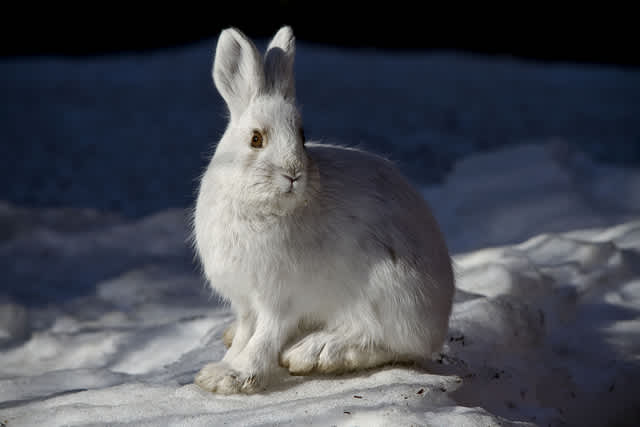Michigan Researchers Study Decline in Snowshoe Hare Population
OutdoorHub Reporters 03.12.12

The Michigan Department of Natural Resources (DNR) has embarked on research to determine why the snowshoe hare population is declining in Michigan. The mild winter in particular has conservationists fearing for their numbers, as the hare fares better in snowy conditions.
Adam Bump is the bear and furbearer specialist for the Michigan DNR and is one of the researchers on the team studying the snowshoe hare. “What we have is a long-term trend in harvest,” Bump said, “I talk to people who hunt snowshoes that say they’re not finding them.” Snowshoe hare is hunted in Michigan, but there has been a decline in the number of harvested hares which also is due in part to less hunters pursuing the animal.
Now researchers are looking at habitat changes and how that’s possibly affecting the hare. Bump said, “One thing that’s hard to answer is ‘if there is climate change occurring – changes in snow or temperature – is that one thing affecting population?'” The DNR is looking into what they can do from a management perspective.
Snowshoe hares are one of the animals that may be adversely affected by the mild winter. Bump said they are biologically adapted for snow. Their feet are larger than cottontail rabbits and they turn color in the winter. They are a light brown during the summer and turn completely white with black tips on their ears in the winter. All this and their thick winter coat adapts them well to the winter. “If you can imagine a snowshoe hare with no snow, they’re going to stick out like a sore thumb and be easy for predators to pick off,” said Bump. While they will exist without snow, warm winter conditions are not great for the population.
The snowshoe hare’s habitat ranges mostly from across the Canadian provinces with a big population in Alaska and some in the northern United States. In Michigan they are mostly found in the northern half of the lower peninsula.

